Victoria’s National Communication Museum: A nostalgic journey through tech history
Housed in a former 1939 telephone exchange building, the new exhibits are familiar to some of us and alien to others.

For those born last century, visiting the National Communication Museum could be exciting or sobering, and probably both. Being of a certain age, I feel nostalgic delight seeing and even interacting with old tech friends – hello, Nokia 3310 mobile phone. Then I remember they’re in a museum. Tempus fugit, indeed. If visiting with teenagers who regularly act as your free IT support, you might enjoy watching them try to operate a rotary phone before revealing your own “digital” prowess.
Telephones and related technology are the strongest but not only suit of this independent, not-for-profit museum, which opened in September last year. NCM is spread across a 1939 Melbourne telephone exchange’s two spacious, sleekly redesigned floors.

Most of the 100,000-strong collection was accumulated by the former federal Postmaster-General’s Department and its part-successor, Telecom, which became Telstra (Australia Post was the other off-shoot).
I find a fraction of this assemblage in the permanent exhibition upstairs, including a late 19th-century “candlestick” phone – an iconic design I’ve seen only in black and white films and photos. It’s beside a phone attached to a plush toy of Alf the TV alien; another 1980s novelty, the hamburger phone, is nearby. There are pioneering “brick” mobiles, a manually operated telephone exchange (another black and white cinema memory made real), and a chronological row of its automated replacements.
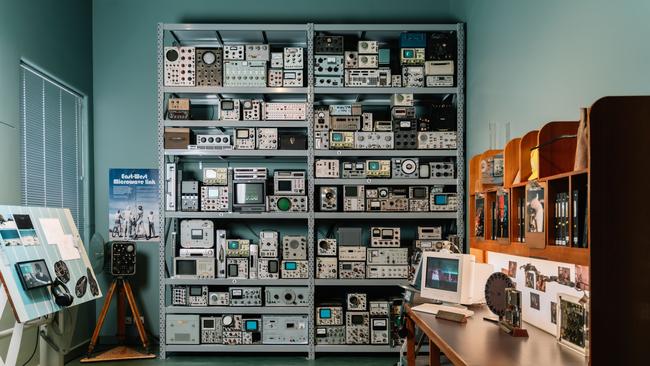
Most prominent among these hulking machines is a reconstruction of the first “step-by-step” automated exchange. It was invented around 1890 by an American undertaker, as the interpretative sign explains. I read on, chuckling. He suspected his business rival’s wife, one of those hands-on exchange operators, was eavesdropping and redirecting his calls to her husband. Observing this analog invention in action is even more ear-opening than it is eye-opening. Each number I dial on a rotary phone triggers a loud click in a different section of this bank of electromechanical switches. I hear the familiar sounds of a dial tone and the old-fashioned trill of a phone’s ring.
Chat with a friend – or an amazed child – on these and other internally connected phones around the museum, including in a red mid-century telephone booth. Other interactive experiences include generating your own virtual artefact with keywords, augmented reality and tapping out morse code messages.
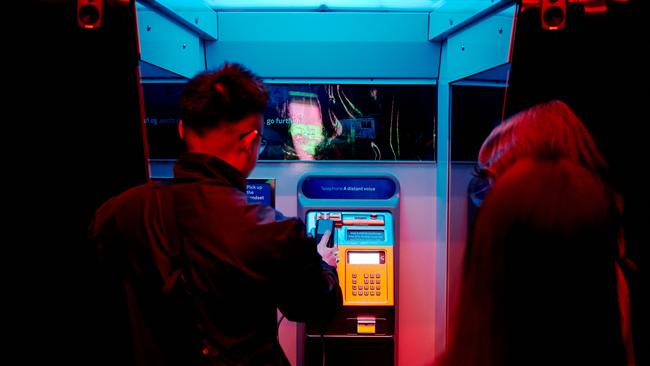
A look-but-don’t-touch original morse code device is among the permanent exhibition’s objects. Others include a spinning replica of the 1970s Voyager space probes’ phonograph records, designed to communicate with extraterrestrials, and a picturegram. This 1920s invention, which transmitted photos via telephone lines, like fax machines decades later, is a startlingly big, black, four-legged gap in my knowledge.
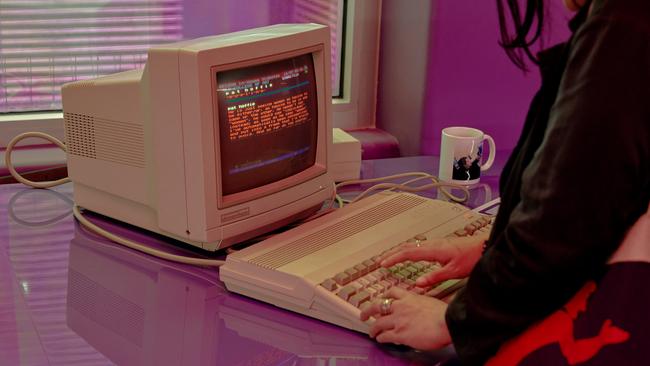
The upstairs level also has a colourful children’s area, zoned for interactive exploring, and four themed rooms. In one, recalling the 1950s, I listen to the electromechanical speaking clock’s very proper but crackly voice announcing the time, as it did for callers until 1990. Another honours Australia’s defunct telecommunications research lab (including a kooky stop-motion video created by the lab-coat brigade), while another houses newly commissioned art installation Lost Phone, where visitors can have off-kilter interaction with a contemporary public telephone.
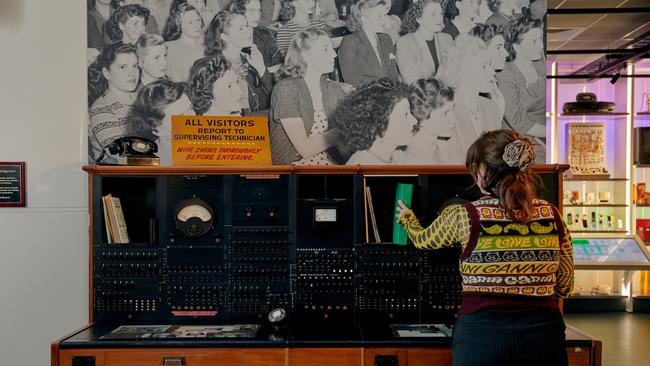
Reminiscence strikes as I step into the room inspired by Australia’s first cyber cafe, which opened in 1995 in nearby St Kilda. Yes, kids, we had to go to a pay-to-stay venue to use the internet. It’s peak interaction here, with several vintage computers set up with MSN Messenger, an early online magazine and games such as Doom.
There’s also a first-edition Apple Macintosh PC, presented almost like a holy object within a perspex column, and along one wall a timeline of computing milestones. Some Australian moments are particularly fascinating: women, whose job title was simply “computer”, doing complex calculations in 1907; 1949’s room-sized CSIRAC, our first digital computer; the Kookaburra laptop of 1983; and the world-first reveal of Google at a 1997 Gold Coast conference.
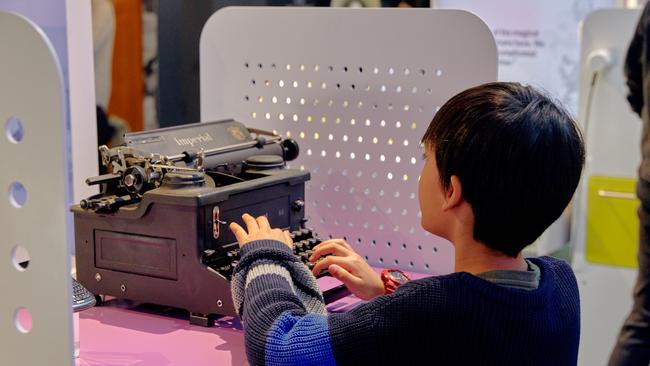
I’m told there will soon be an announcement about the Robot Residency Program, which began with two humanoid robots hanging out when NCM first opened. Whatever form and functions the next resident has, it’s bound to be exciting for visitors born on either side of Y2K, and slightly sobering too.
In the know
Melbourne’s National Communication Museum is at 375 Burwood Road, Hawthorn. Open Wed-Sun, 10am-5pm; adults $32, concession $26, children (seven to 16) $12, free for younger children. The museum is closed for the installation of the Signal to Noise exhibition, which runs April 12-September 11.
If you love to travel, sign up to our free weekly Travel + Luxury newsletter here.




To join the conversation, please log in. Don't have an account? Register
Join the conversation, you are commenting as Logout